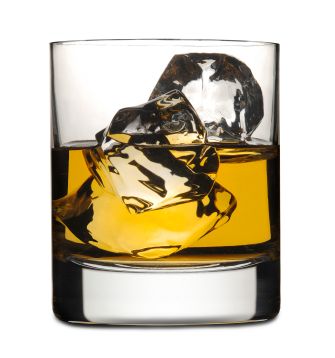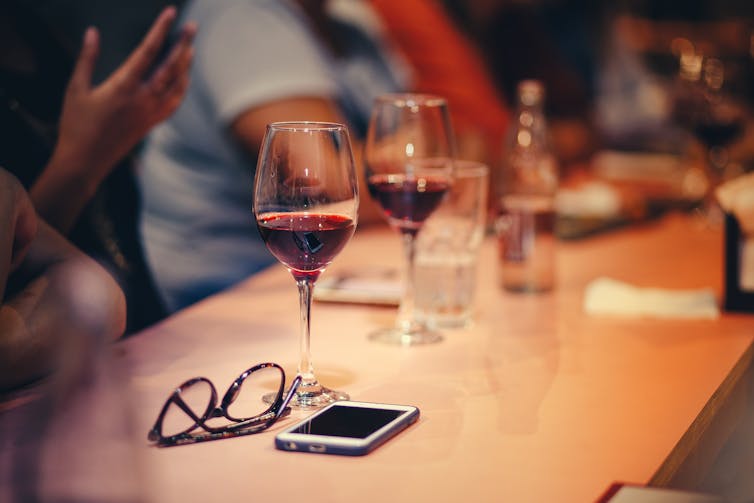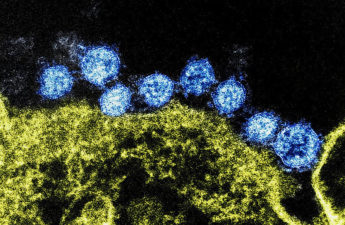Nicole Lee, Curtin University and Brigid Clancy, University of Newcastle

It’s February and many people are starting to put into place their New Year’s resolution to drink less alcohol.
Events like FebFast can encourage and support these good intentions. But around 30% of people who start FebFast don’t get through the whole month alcohol-free.
Read more: Did you look forward to last night’s bottle of wine a bit too much? Ladies, you’re not alone
Relying on intention and willpower to stop drinking, even for a short period, is not usually enough. Resisting temptation takes up a lot of brain power and eventually your brain gets tired and gives in.
So what are the best strategies to take a break from drinking?
Monitor your drinking
Before your planned break from alcohol, spend a week or two monitoring the amount you drink and when.
You might be surprised at how much or how often you’re drinking, and in what contexts. There may be certain people, places or emotions that increase or decrease your alcohol consumption.
Understanding this can be a helpful motivator to make changes. It can also help you plan for situations where you’d usually be drinking.

Get clear on your goals and your motivation
Will you cut back or quit? If cutting back, will you drink less frequently or a lower quantity? For how long? What happens afterwards?
It’s easier to stick to your goals if they’re clear and achievable.
Read more: Three ways to achieve your New Year’s resolutions by building ‘goal infrastructure’
Think about why you are making changes to your drinking – to lose weight, feel healthier, save money, sleep better, or prevent that Sunday morning hangover.
Try to keep these reasons in mind when you have the inevitable periods of doubt!
Set a quit date

Setting a quit date is linked to success in sticking to your plan. It helps you prepare and reflect on the reasons making a change is worthwhile, which can improve your commitment to change.
It also gives you time to get everything you need in place – preparing how you will tell others, thinking about how to decline a drink when offered, and working out which situations you might need to avoid or be cautious about, at least initially.
Get a support network
Having a friend also take up the challenge can make it a little easier. People trying to quit who have social support are more likely to reduce their drinking.
If you’re taking part in an event like FebFast, encourage your friends and family to sponsor you. Not only will it be good for the charity you are supporting, but it can make you more accountable.
It’s also a good way to communicate to your friends your choice to quit drinking, so they can better support you.
Read more: Research Check: can even moderate drinking cause brain damage?
Hello Sunday Morning has a large online support community of more than 100,000 people, and offers a range of resources to help people who want to cut down or quit drinking. It’s a free service, funded by the Australian government and a range of philanthropic organisations.
Recent evaluations of their Daybreak program – which includes one-on-one chats with health coaches – shows it leads to significant reductions in drinking, and improvements in physical and mental health.
Be kind to yourself
You might hear psychologists refer to something called the “rule violation effect”. This is when you’re working hard to not drink, but one day give in and have a glass of wine or two, then give up on your goals altogether.
Changing any behaviour is difficult. Don’t give up at the first mistake or slip up: get back on the horse and keep going.

Instead of thinking “bugger it, I might as well keep on drinking now,” try saying something like: “It’s going to take time. It was just a slip up. I can pick up where I left off.”
Find alternatives to drinking
In our alcohol-centric society, it sometimes feels uncomfortable when everyone around you is drinking and your own hands are empty. Choose a healthier alternative like sparkling water, soft drink or a mocktail.
As well as existing non-alcoholic beer and wine, a range of non-alcoholic spirits is also emerging in the market. You could ask for it to be served in a spirit or cocktail glass – you might be less likely to be asked why you’re not drinking.
It can also be helpful to focus on activities that don’t usually involve alcohol. Encourage your friends to meet up in the morning for breakfast, for example, or suggest healthy activities where alcohol is less likely to be present.
If you suddenly have a craving for alcohol, try doing some vigorous exercise or doing something you love instead. These things release the same feel-good chemicals in your brain as alcohol. They won’t make you feel intoxicated like alcohol but they may make you feel happier and more relaxed.
Mindfulness practice has also been shown to help drinkers to change their drinking.
Are there downsides to taking a break from alcohol?
For most people, participating in month-long challenges will provide a range of benefits and little downside, even over the longer term.
Some people worry about “rebound effects”. But evaluations show, regardless of successful completion, taking up a month-long challenge to quit alcohol is linked to reductions in alcohol consumption six months and up to a year later.
However, keep in mind that these programs are aimed at social drinkers. Dependent drinkers may experience withdrawal symptoms when they suddenly stop drinking, which can be dangerous if not monitored. So if you think you might be dependent on alcohol seek advice from a GP first.
Maintaining the benefits
New draft Australian alcohol guidelines recommend healthy men and women should consume no more than ten standard drinks per week and no more than four standard drinks on any one day.
Read more: Cap your alcohol at 10 drinks a week: new draft guidelines
The less you drink, the lower your risk of alcohol-related harm.
Use the strategies that worked for you during your alcohol break to stick to these guidelines. You’ll need to understand how much a standard drink is – it’s probably less than you think!
Nicole Lee, Professor at the National Drug Research Institute (Melbourne), Curtin University and Brigid Clancy, PhD Candidate (Psychiatry) & Research Assistant, University of Newcastle
This article is republished from The Conversation under a Creative Commons license. Read the original article.


